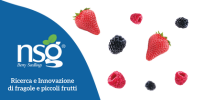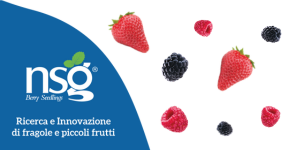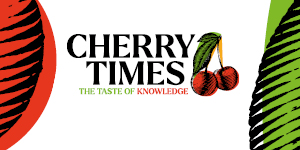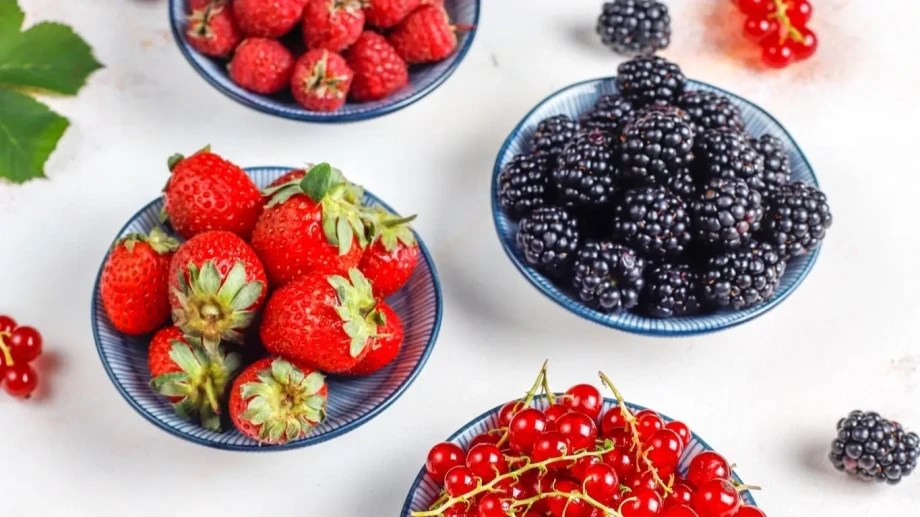From the Atlantic coast to desert valleys, Moroccan agriculture embody innovation and adaptation. Morocco’s berry story is one of transformation — from a few strawberry fields in Larache to a diversified, export-driven powerhouse. By 2025, over 14,000 hectares of berries are cultivated nationwide, including strawberries, blueberries, raspberries, and blackberries. This expansion reflects Morocco’s ability to pair natural advantages — climate, location, and skilled labor — with technology and ambition.
The early decades were dominated by strawberries, but as European demand shifted, Morocco diversified. Blueberries and raspberries became the new leaders, driven by greenhouse tunnels, drip irrigation, and precision fertigation. Now, blackberries are following — grown mainly in the Larache and Gharb regions, where producers adapt raspberry infrastructure for common cold stored long cane systems and primocane blackberry varieties, meeting early European demand from February to May.
Export markets and strategic growth
Morocco’s export success is unmatched in Africa. Nearly all production feeds the international market, with Europe and the UK as key destinations. In 2024–2025, exports exceeded 120,000 tons, led by blueberries and raspberries but with a notable rise in early blackberries. Their sweetness, firmness, and off-season timing give Morocco a strategic edge, while frozen strawberry and mixed-berry exports reach the Middle East and Asia.
Technically, the industry has evolved fast — from solar-powered irrigation to traceability systems and packhouse automation. Growers optimize fertigation with more and more data-driven monitoring, and cold-chain logistics now connect Dakhla’s desert berries and Larache’s coastal crops to European supermarkets within 2 to 3 days. Yet challenges persist: labor shortages, water scarcity, and tight EU residue regulations, test adaptation and profitability.
Future targets and resilience strategies
Still, optimism prevails. Morocco’s government and investors target 17,000 hectares by 2030, and new partnerships aim to open Asian and Gulf markets. Research into varieties more resilient and more adaptable, with an objective of creating a sustainable substrate system, most investors believe this bets ensure competitiveness and resilience for future.
Sources:
Aboulfaraj, Z. (2025, April 24). Fruits rouges: “Les agriculteurs veulent plus de volume d’eau dessalée et ils sont prêts à investir” (Amine Bennani). Médias24.
Blueberries Consulting. (2025, September 15). Morocco ranks 4th in the world in the export of berries. (Blueberries Consulting)
FreshPlaza. (2025, September 18). Morocco strengthens its role as a strategic berry exporter. (FreshPlaza)
Fresh Fruit Portal. (2025, February 4). Achievements and prospects of Morocco’s blueberry journey. (FreshFruitPortal.com)
FreshPlaza. (2025, September 4). Moroccan raspberry exports hit record level. (FreshPlaza)
InfoMaroc. (2025, August 11). Framboises et mûres : le Maroc confirme son leadership régional des exportations MENA. (InfoMaroc)
Italian Berry. (2024, November 18). In Morocco, labour and water shortages may slow down the expansion of berries. (Italian Berry)
Reuters. (2025, June 13). Morocco invests in desalination, waterways to mitigate drought. (Reuters)
European Commission. (n.d.). EU Pesticides Database. (Retrieved Oct 8, 2025). (Food Safety)
Afripick. (n.d.). Certifications and products (GlobalG.A.P., GRASP, BRC examples). (afripick.com)












